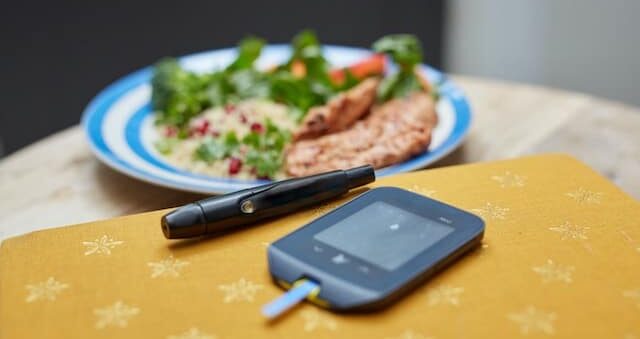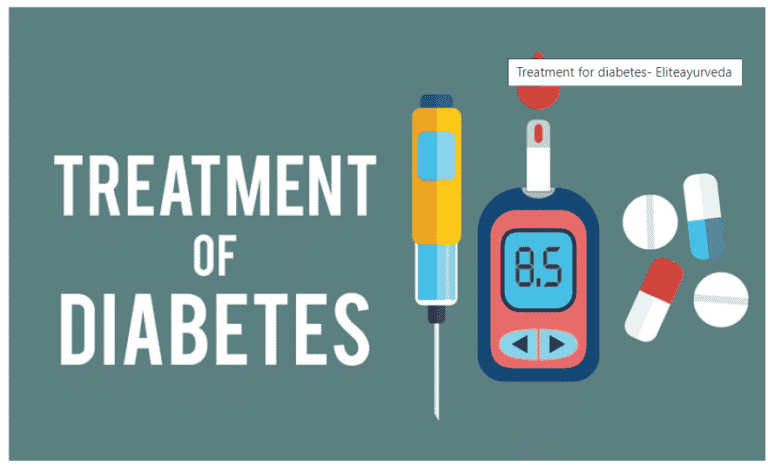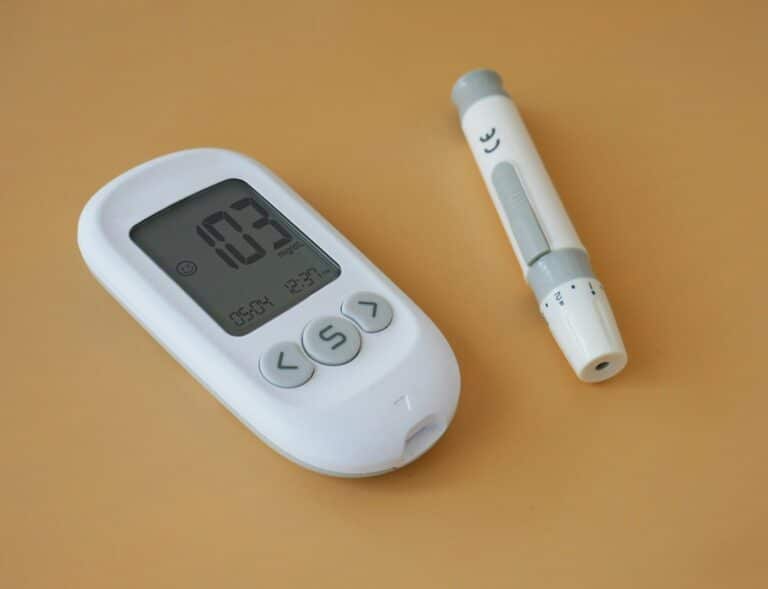Post-Meal Blood Sugar Levels – What You Need to Know
Understanding how your body handles post-meal blood sugar levels can help you stay one step ahead of diabetes complications. If you’ve ever wondered why your blood glucose rises after those tasty carbs or savory proteins, you’re not alone. Let’s dive in and explore what happens behind the scenes, plus how you can keep those numbers in a healthier range.
Understand Post-Meal Blood Sugar Levels
After you finish a meal, your body breaks down carbohydrates into glucose, sending it into your bloodstream for energy. For most people without diabetes, blood sugar usually returns to normal (around 140 to 180 mg/dL) within two hours of finishing a meal (Healthline). However, if you have diabetes or prediabetes, your glucose can remain higher for longer periods.
You might see ranges like 4.0–5.4 mmol/L (72–99 mg/dL) while fasting and up to 7.8 mmol/L (140 mg/dL) two hours after eating, which are considered normal for many healthy adults (Vinmec). If you notice your readings consistently topping these numbers, it may be time to check out normal blood sugar levels or consult a healthcare professional for extra guidance.
See Why Levels Matter
Keeping an eye on your readings means fewer surprises and fewer risks down the road. Frequent spikes beyond 180 mg/dL can be a sign of hyperglycemia, which may increase your risk of heart disease, nerve problems, and other issues if left unmanaged (Mayo Clinic). It’s not just about feeling your best today, but also about protecting your future health.
If your numbers dip too low, or creep too high, you may also want to review high and low blood sugar symptoms to see if you recognize any patterns. Early detection can be a lifesaver, literally.
Factor In Key Influences
Several things can throw off your glucose curve after a meal. Here are a few you’ll want to keep on your radar:
- Meal Composition: Foods with a high glycemic index (GI), such as white bread or sugary snacks, are digested quickly, which leads to a fast and sometimes dramatic increase in blood sugar. In contrast, protein, healthy fats, and low-GI foods provide a slower, more stable rise (Harvard School of Public Health).
- Timing of Exercise: A quick five-minute walk after a meal can help moderate your post-meal blood sugar spike, especially in the hour or so following your last bite (UCLA Health).
- Existing Conditions: If you have Type 1 or Type 2 diabetes, your body may produce too little insulin or struggle to use insulin properly. That means your sugar levels could remain elevated longer than usual.
Try Helpful Management Tips
The good news? There are plenty of practical strategies you can try today.
Eat Protein and Veggies First
Studies show that eating vegetables and protein before carbohydrates can help rein in your post-meal glucose levels, leading to more balanced insulin responses (UCLA Health).
Embrace a Walk After Meals
It might sound simple, but walking can be surprisingly powerful for keeping your post-meal blood sugar levels in check. Even a short five-minute stroll lowers how quickly your blood sugar rises, making it easier to return to normal (UCLA Health).
Consider Low-Glycemic Foods
Loading up on nutrient-rich, low-GI foods can slow digestion and help keep glucose levels in a safer range. Here are some ideas:
- Fatty fish like salmon or mackerel (roughly 26 ounces weekly) can improve certain post-meal levels.
- Nuts such as almonds or peanuts can reduce fasting and postmeal blood sugar.
- Whole flaxseed and pumpkin seeds also provide notable benefits, according to controlled studies (Healthline).
Watch Your Exercise Timing
If your schedule forces you to work out later in the day, be sure to check your glucose before bed. Evening exercise can lower your blood sugar at night, sometimes without obvious warning signs. Monitoring your levels prevents those sneaky overnight drops (Cleveland Clinic).
Looking for more ways to stay on top of things? Explore our resources on blood sugar management for extra tips and planning tools.
Check Normal Range Targets
Normal ranges can vary based on factors like age, health condition, and personal targets. Generally, though, many experts suggest:
- Less than 140 mg/dL about two hours after eating for someone without diabetes
- Less than 180 mg/dL for many individuals with Type 1 or Type 2 diabetes, though your target may differ if you’re at risk of low glucose incidents
Glance through these blood sugar charts for more specific numbers that can guide your personal goals. Remember, if your readings keep landing outside your target zone, it might be time to talk with your healthcare team and adjust your plan.
Wrap Up Your Plan
Post-meal peaks can feel stressful, but you do have options. A quick walk, swapping high-GI foods for protein-packed alternatives, and chatting with your doctor about medication tweaks are all solid steps to better manage your post-meal blood sugar levels.
At the end of the day, knowing your numbers puts you in control. Pay attention to patterns, stay active, and make small changes that fit your lifestyle. However you choose to tackle them, balancing your glucose levels will help you feel better all around. So why not start with a short walk after your next meal and see how much of a difference it makes? If you need more insights, check out normal blood sugar levels or learn about high and low blood sugar symptoms to round out your knowledge. You’ve got this!








Leave a Reply